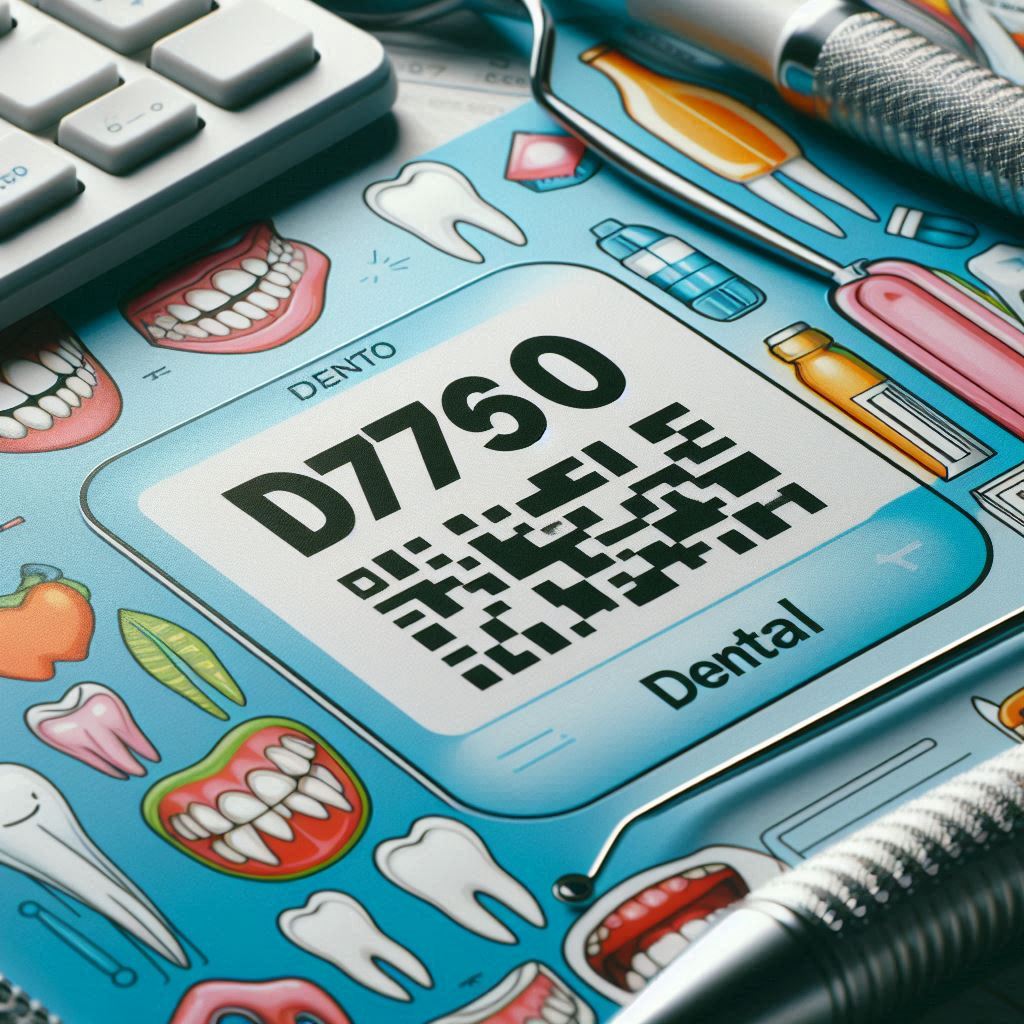D7960 Dental Code: Indications, Procedures, and Billing
A frenectomy is a common dental procedure that involves the removal or modification of a frenum—a small fold of tissue that restricts movement in the mouth. The D7960 dental code specifically refers to a frenectomy performed using a surgical blade or scalpel, distinguishing it from laser-assisted frenectomies (coded under D7963).
This procedure is often necessary when an abnormal frenum attachment causes speech difficulties, gum recession, or orthodontic complications. Whether for infants with breastfeeding challenges or adults preparing for dentures, understanding D7960 is crucial for dental professionals and patients alike.
In this comprehensive guide, we will explore the indications, procedural steps, billing guidelines, and clinical considerations for D7960, ensuring you have all the necessary information for successful treatment and reimbursement.

2. Understanding the D7960 Dental Code
Definition and Purpose
The Current Dental Terminology (CDT) classifies D7960 as:
“Frenulectomy (also known as frenectomy or frenotomy)—incision of the frenum to increase mobility of the tongue or lip.”
This procedure is typically performed on:
- Labial frenum (between upper front teeth and lip)
- Lingual frenum (under the tongue)
When Is D7960 Used?
A frenectomy under D7960 is indicated for:
✔ Infants with tongue-tie (ankyloglossia) affecting breastfeeding.
✔ Children/Adolescents with speech impediments due to restricted tongue movement.
✔ Adults experiencing gum recession from a tight frenum.
✔ Pre-prosthetic preparation for dentures or implants.
3. Clinical Indications for D7960
Common Dental Conditions Requiring Frenectomy
| Condition | Symptoms | Treatment Need |
|---|---|---|
| Ankyloglossia (Tongue-Tie) | Difficulty breastfeeding, speech issues | D7960 or D7963 (laser) |
| High Labial Frenum | Gap between front teeth (diastema), gum recession | Frenectomy + orthodontic treatment |
| Lip-Tie | Restricted lip movement, feeding difficulties | Surgical correction |
Pediatric vs. Adult Applications
- Pediatric Cases: Often performed to improve breastfeeding or speech development.
- Adult Cases: Typically done to prevent gum recession or assist in orthodontic treatment.
4. Step-by-Step Frenectomy Procedure
Preoperative Assessment
- Medical history review (bleeding disorders, allergies).
- Clinical examination (frenum type, attachment level).
Surgical Techniques
- Local anesthesia (lidocaine with epinephrine).
- Incision using a scalpel or surgical blade.
- Suturing (if necessary) with absorbable sutures.
Postoperative Care
- Pain management (OTC analgesics).
- Oral hygiene instructions (saltwater rinses).
- Follow-up in 1-2 weeks.
5. D7960 Coding and Billing Guidelines
- Insurance Coverage: Many medical/dental plans cover D7960 if medically necessary.
- Documentation Requirements:
- Pre-op photos.
- Clinical notes justifying medical necessity.
6. Comparing D7960 with Related Codes
| Code | Description | Key Difference |
|---|---|---|
| D7960 | Frenectomy (scalpel) | Traditional surgical method |
| D7963 | Frenectomy (laser) | Less bleeding, faster healing |
| D7953 | Frenoplasty | Tissue repositioning, not removal |
7. Potential Complications and How to Avoid Them
- Bleeding: Controlled with pressure and sutures.
- Infection: Prevented with proper sterilization.
- Scarring: Minimized with precise technique.
8. Frequently Asked Questions (FAQs)
Q1: Does insurance cover D7960?
Yes, if deemed medically necessary. Documentation is key.
Q2: Is a frenectomy painful?
Local anesthesia ensures minimal discomfort.
Q3: How long is recovery?
Most patients heal within 1-2 weeks.
9. Conclusion
The D7960 dental code is essential for addressing restrictive frenum attachments affecting oral function. Proper diagnosis, surgical technique, and documentation ensure successful outcomes and insurance reimbursement. Whether for infants or adults, understanding D7960 enhances patient care and practice efficiency.


